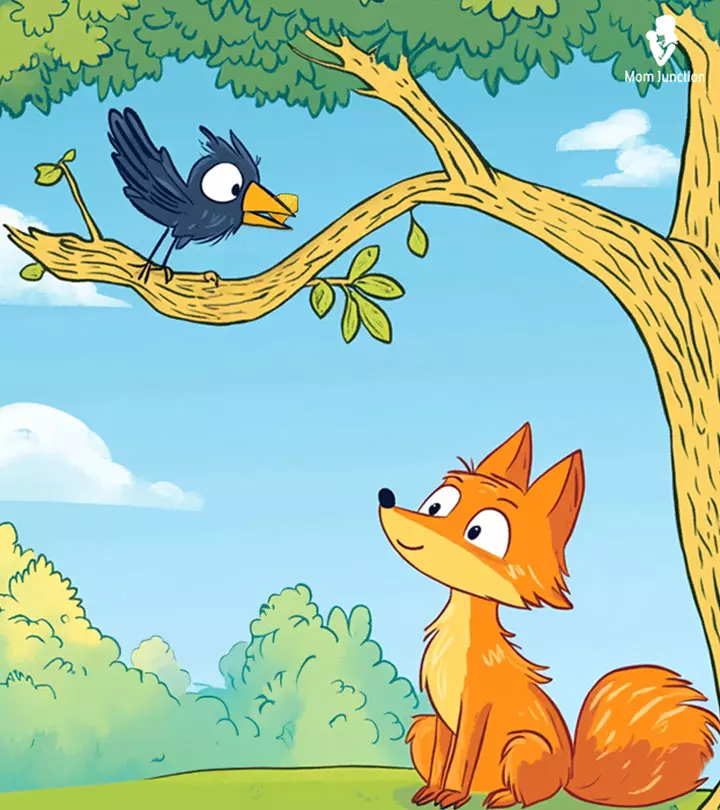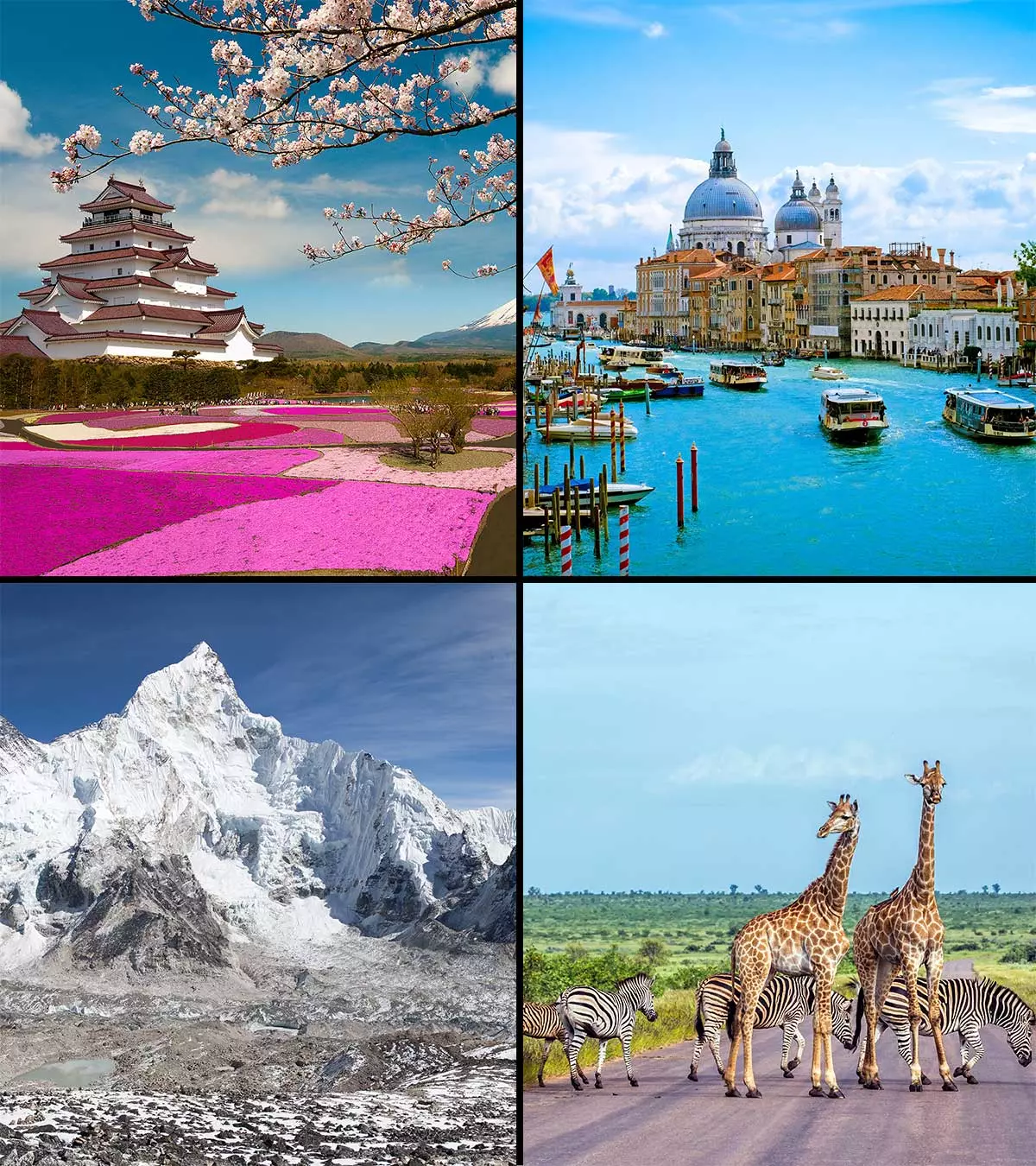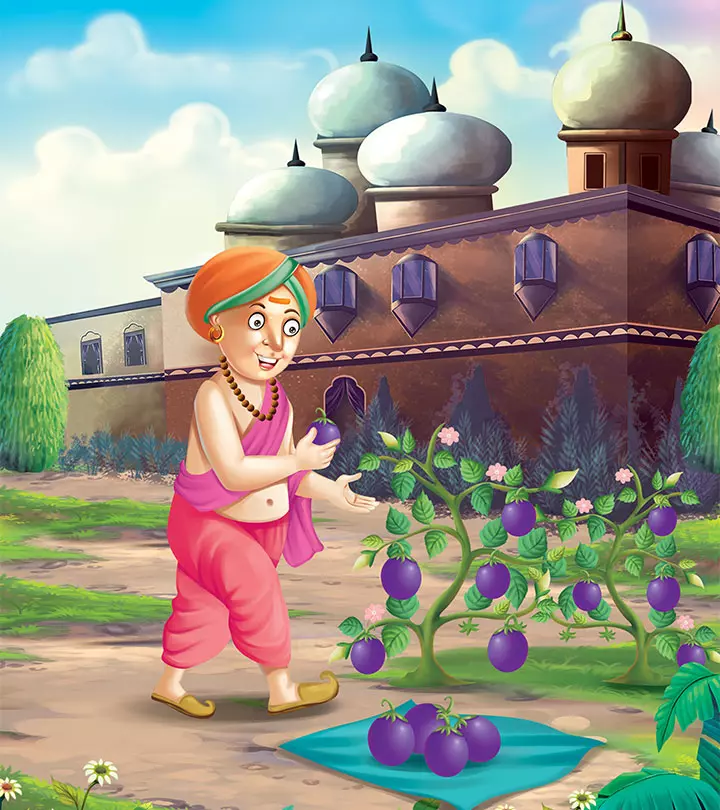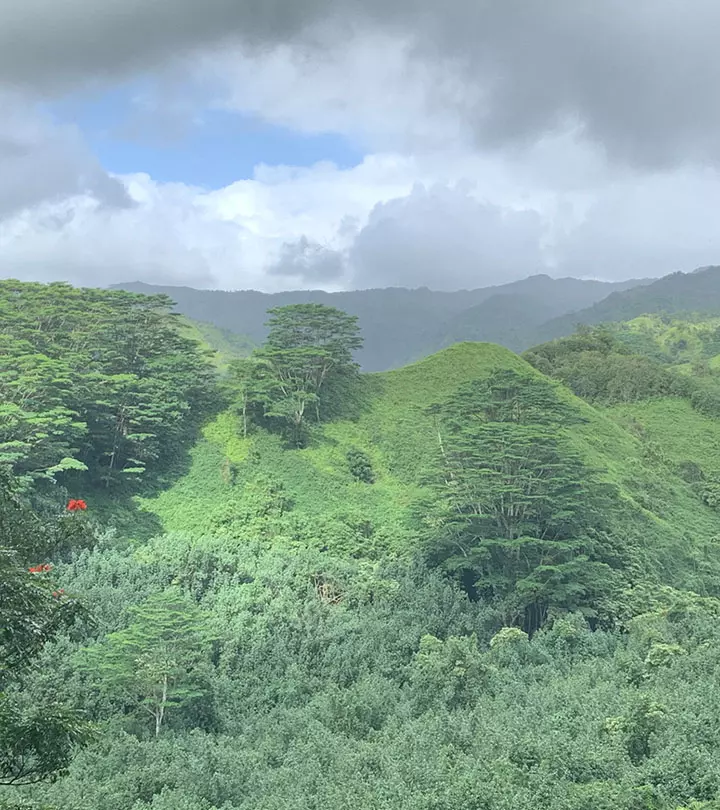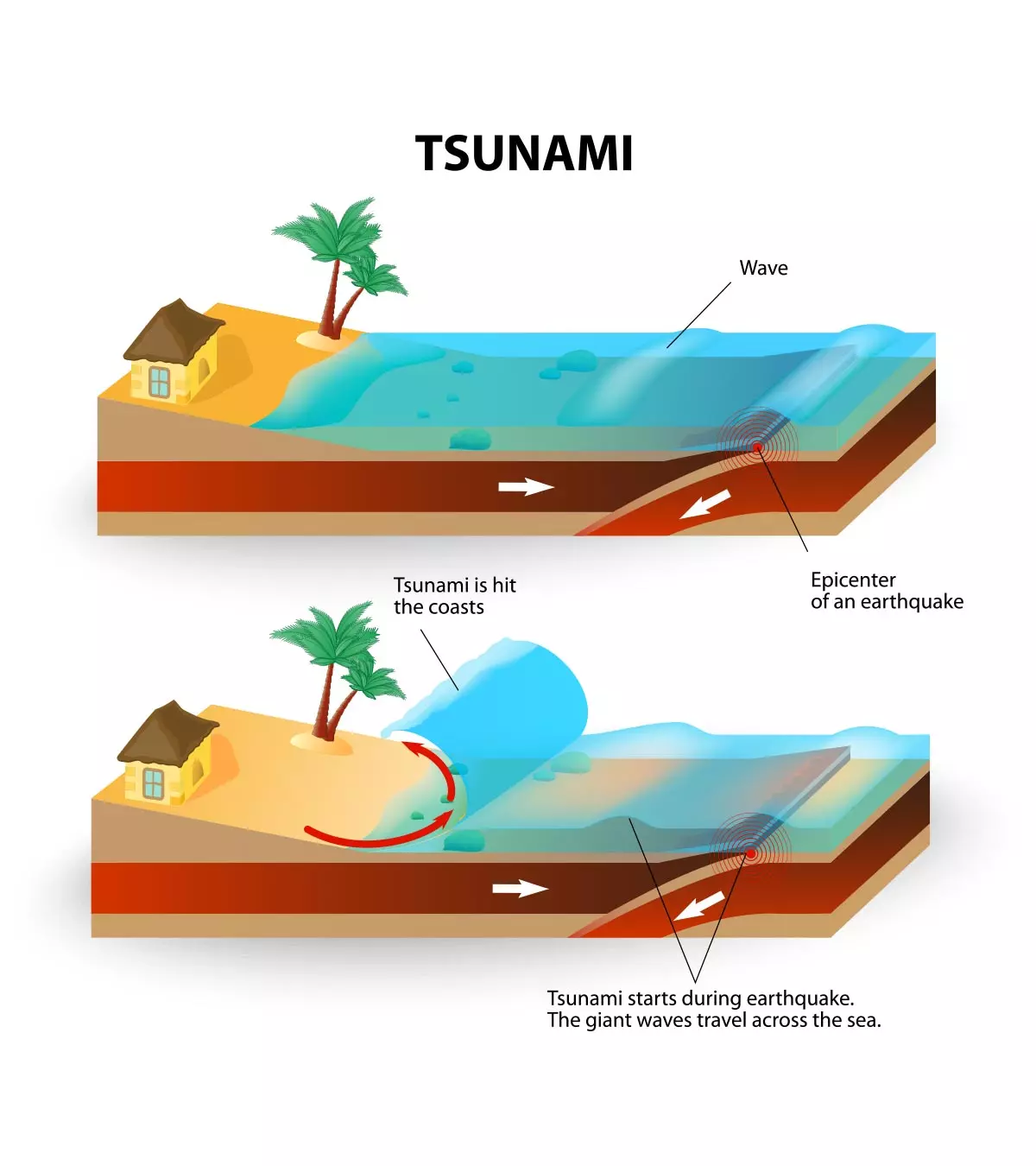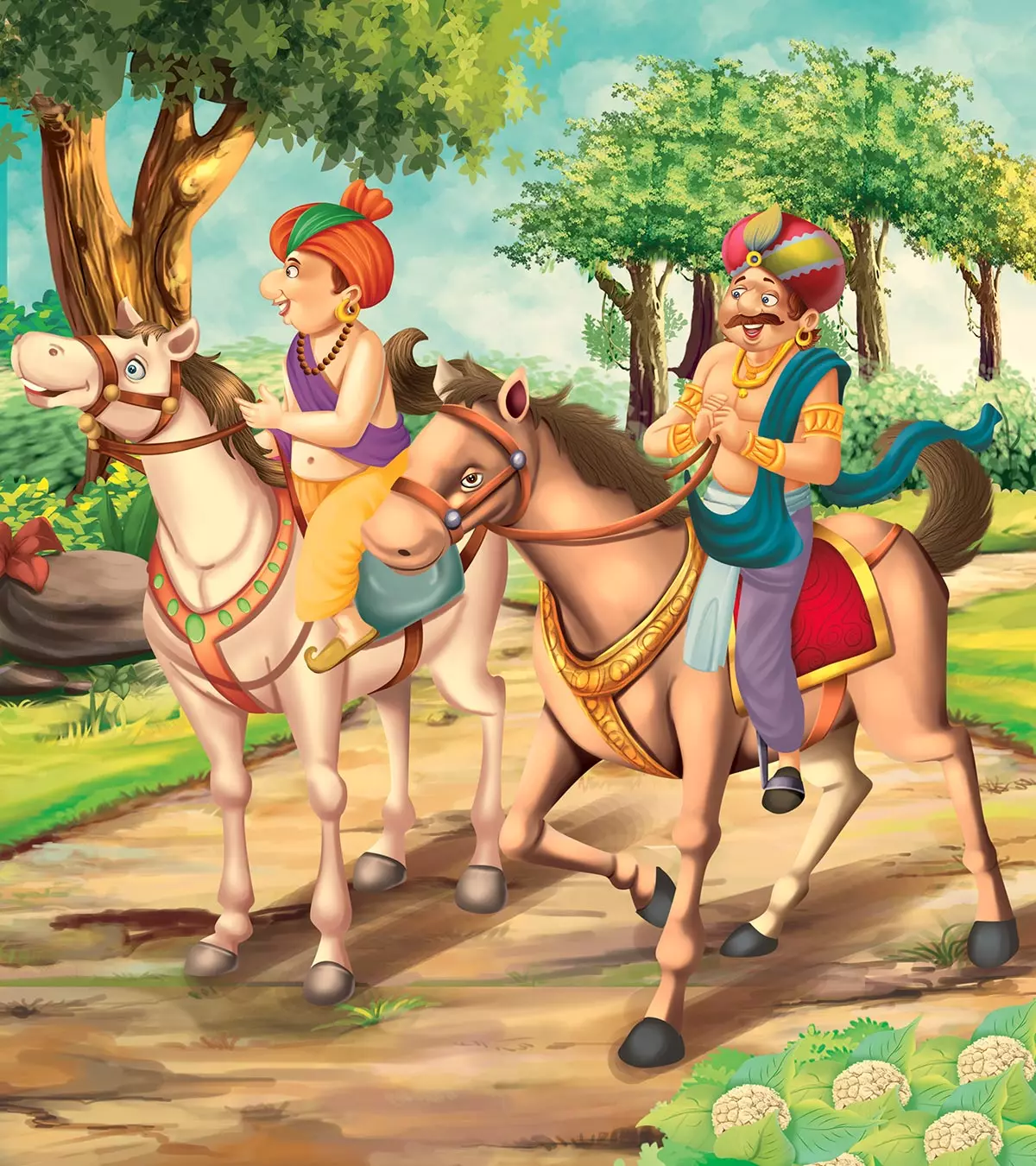
Image: Shutterstock
Is your child enthralled by this large rodent? Here are some beaver facts for kids to intrigue their curious minds. Beavers are one of the largest rodents on the planet. They have a distinct physical appearance that includes thick skin fur, a scaly tail, and webbed feetiToes connected by folds of skin in between that facilitate smooth movement in water for certain animals that allow them to swim. They play essential roles in their ecosystems, creating wetlands to support wildlife and building dams that naturally conserve water and improve habitats for local species. Here is a curated list of some incredible beaver facts for kids. Continue reading to find out more.

Key Pointers
- Beavers are one of the largest rodents, with thick skin, fur, a scaly tail, and webbed feet.
- Their tails are used for balancing, communicating, and signaling danger.
- Beavers live in and around marshy lands such as freshwater lakes, ponds, and rivers.
- They are herbivores and eat leaves, roots, bark, and certain aquatic plants.
- Beavers have great hearing and smelling abilities, but poor eyesight.
- Beavers are nocturnal animals, are very hardworking, and love to share their homes.
Information About Beavers For Kids
1. Classification of beavers
In general, there are two species of beavers, American and Eurasian (1). From their name, it is evident that the former variety is found across North America and the latter in Europe and Asia. In North America, it is found majorly in Alaska, Pennsylvania, and the state of Oregon, which is also known as ‘the beaver state.’
2. Body size of beavers
The American variety (Castor canadensis) weighs about 24 to 60lbs, and is 24 to 40 inches long. An adult’s tail usually ranges from 4 to 5 inches (10–13cm) in width and 10 to 18 inches (25–45cm) in length (2). The other variety (Castor fiber) is almost similar in size. The difference between these two types is that the latter has smaller skulls and narrower tails than the former.
3. How they use their tail
Beavers use their tails for various purposes such as:
- For notifying others about imminent predators.
- To balance their body in dry lands, so that they don’t trip while carrying heavy loads with their teeth.
4. Beavers’ teeth
Their teeth are of prime importance. The length of the upper incisors varies between 20 to 25mm (3). The presence of iron in the enameliThe thin, shiny outer layer covering the dental crown of the tooth makes them incredibly strong and funnily the color of their teeth is orange. The growth of teeth is a gradual process and takes place throughout their life-cycle.
5. Where they live
One of the prime requirements for their survival is water. Hence, they choose their habitat around marshy lands such as freshwater lakes and ponds, swamps, and rivers (4). The American varieties are found all over the continent except in the deserts and the snowy regions of Canada. Though the Eurasian variety lived all over the two continents, rampant hunting of them has restricted them to Scandinavia, Germany, France, Poland, and central Russia.
6. What beavers eat
Their ability to digest celluloseiA complex carbohydrate and vital component of plant cell walls that aids in proper digestion in humans helps them to eat leaves, roots, and bark. These herbivores have often been seen eating certain aquatic plants.
 Quick fact
Quick fact7. External body features of beavers
The eye membranes are translucent and allow beavers to see underwater (5). But in general, they do not possess powerful eyesight. They make it up with their excellent hearing and smelling abilities.
8. How beavers build their homes

They create dome-shaped homes called lodge, using mud, grass and sticks. The size of a beaver lodge depends on the colony’s population, typically ranging from 6 to 40 feet in diameter (6). They’re built to clear the water level. There are two compartments in their lodges, one for their living and the other one for socializing.
9. Progeny of beavers
The winters, i.e., between January and March, are the mating season for beavers. They give birth to their young ones called kits. The gestation periods vary. The Eurasian varieties have it from about 60 to 128 days (7) whereas the American varieties have it about 105 to 107 days (3). An interesting thing to point out here is that their kids can swim just after a day of their birth.
 Did you know?
Did you know?10. Why beavers are regarded as hospitable hosts
Their hospitability has no bounds as they love sharing their homes with the muskrats-families (8). They live in family units with their young ones and build dams and lodges by working together. They are very meticulous when it comes to building dams. Blogger Sara Wright has seen one such dam built by beavers and has been amazed at their skill. She says, “I investigated the dam on a regular basis, often walking across it with ease. Now that the beavers were used to me I brought another bench down to sit at the opposite edge of the pond right next to the dam. The first time I wore a bug net the beavers revolted. The one closest to me slapped his tail and disappeared underwater the second he saw me. When the next beaver appeared I tried to reassure him with my voice (I often spoke to the ones that showed interest in me). Nothing worked… From a distance a dam looks quite uncomplicated but seeing one close up reveals how intricately these dams are constructed. First logs are placed in a perpendicular position, driven into the mud. Crisscrossed in between are smaller branches. More branches are added until the desired water level is reached. Stones and old leaves are brought up from the bottom of the pond and the dam is always sealed with layers of mud. If there is even the smallest leak a beaver arrives instantly. The sound of even a little water running will galvanize a beaver into action, even during the winter. For this reason there is always an open space somewhere close to the dam so that in an emergency the beaver can emerge to repair the damage (i).”
Fun Beaver Facts For Kids
- A pair of scent glands is located at the base of their tails, in both the male and female varieties. These are named castors, which produce an aromatic matter called castoreum that is used to mark their region.
- These nocturnaliA creature that is mainly active at night animals are extremely hard-working, and there’s an idiom “busy as a beaver” just for the same reason. They spend their time either building dams near ponds or eating.

- They come from the Animalia kingdom with their phylum being Chordata of the class Mammalia.
- The International Union for Conservation of Nature (IUCN) has declared that beavers are not an endangered species. They are keystone species in their environments, which means their presence has a crucial effect on their surrounding ecosystem. However, their number has significantly decreased over the years due to rampant poaching. Their meat, castoreum, and pelts have a high value.
- Vanilla goo is produced from castoreum and is often sold in the market as a natural vanilla flavor.
- Beavers cannot breathe underwater, but their activities require them to go underwater. To solve this problem they have an amazing ability to hold their breath for about 15 minutes.
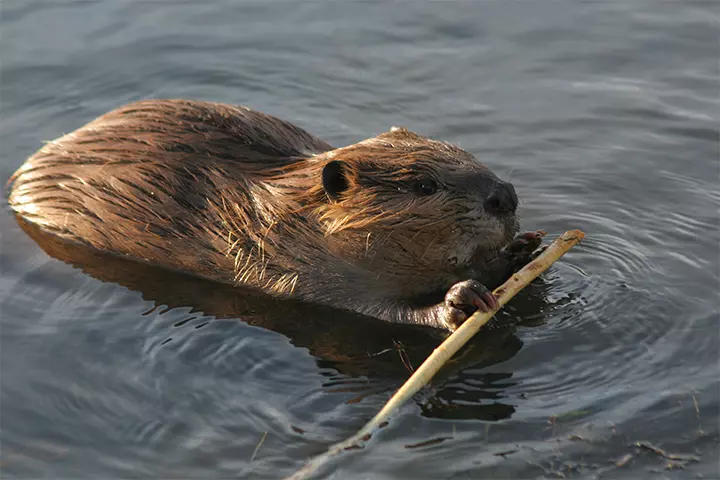
- If you ever hear a beaver hissing, it’s best to stay away from it. They do so while they’re frightened and can attack you with their sharp teeth.
- They are notorious for falling trees and eating them, but they also help in growing trees. They do so by trimming the bark as they feed on them.
- In some places, the dams created change the course of a river, which is why those areas get flooded. In some cases, this alteration of the course helps to prevent erosion.
- The world’s largest beaver dam found in Northern America has a depth of 850 meters. Researchers spotted the dam with the help of a satellite image in the year 2007.
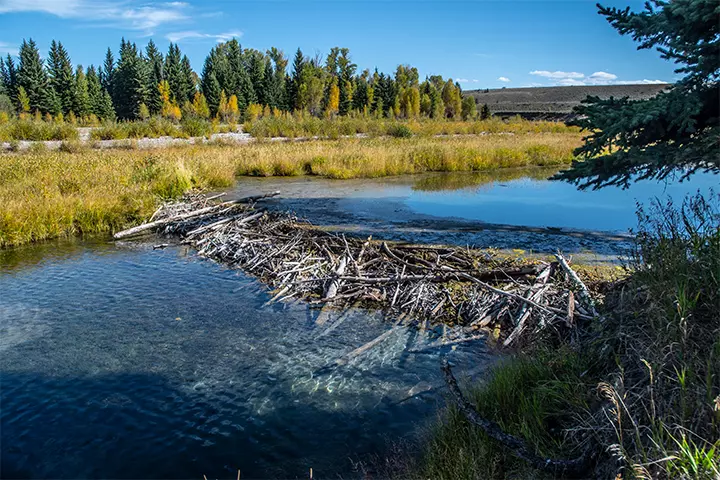
- One of the unique features of their industrious nature is that beavers remain indifferent to cold. Even when their ponds turn icy, they continue to use them. Their body’s adaptive nature to endure cold helps them in doing so.
Why Are Beavers Important For The Environment?
Beavers are important to ecosystems because their dam-building activities create wetlands that benefit a wide range of wildlife. They build dams by stacking wood and mud, creating homes for themselves, and helping the environment. When it rains, the ponds soak up the extra water, preventing floods and keeping streams running. Beavers also make the water cooler for fish by creating shade. These busy creatures even act as firefighters, as their ponds don’t let water burn, protecting forests from wildfires. With their amazing skills, beavers give a helping hand to plants, animals, and people by creating a balanced and safe home for everyone (10).
Frequently Asked Questions
1. What are baby beavers called?
Baby beavers are called kits. Some historical records also mention them as kittens. They are also referred to as yearnings when they are one year old.
2. How many teeth do beavers have?
Beavers have 20 teeth, including four incisors at the front–two lowers and two uppers. These incisors are long and help them chew complex objects such as wood.
3. How fast can beavers run?
Beavers can run up to 34 miles per hour in water when in danger. On the contrary, they are not as fast on land. However, if and when alarmed, the beaver can reach up to a speed of 43 miles per hour.
Beaver is Canada’s national animal and is found on several continents but away from the desert regions. Beavers are gigantic herbivore rodents that inhabit the waters. They are classified into two species based on where they are located, and these species have an essential role in balancing an ecosystem. However, did you know that a Beaver has a remarkable sense of hearing and smell? Also, they cannot breathe underwater, but they need water for their survival. These fascinating beaver facts for kids can educate them about these interesting animals. As you tell these facts to your children, you may also engage them with some water animal information for kids and animal trivia questions for kids to instill a love of animals in them.
Infographic: Interesting Beaver Facts For Children
A cute-looking furry beaver can attract your children’s attention when they see them near rivers or the zoo. Beavers are also among the popular subjects for cartoons and movies. So, next time when your child asks you about them, use our infographic below to tell them informative and amazing facts about beavers.
Some thing wrong with infographic shortcode. please verify shortcode syntaxIllustration: Unbelievable Beaver Facts And Information For Kids

Image: Stable Diffusion/MomJunction Design Team
Learn all about beavers in this fun and educational video! Discover 31 amazing facts about these amazing animals, perfect for kids!
Personal Experience: Source
MomJunction articles include first-hand experiences to provide you with better insights through real-life narratives. Here are the sources of personal accounts referenced in this article.
i. My First Year with the Beavers;https://sarawrightnature.wordpress.com/2025/02/09/my-first-year-with-the-beavers/
References
- Beavers.
https://www.biokids.umich.edu/critters/Castoridae/ - Castor canadensis – American Beaver.
https://www3.uwsp.edu/biology/VertebrateCollection/Pages/Vertebrates/Mammals%20of%20Wisconsin/Castor%20canadensis/Castor%20canadensis.aspx - Castor canadensis American beaver.
https://animaldiversity.org/accounts/castor_canadensis/ - Beaver Castor canadensis.
https://nationalzoo.si.edu/animals/beaver - Beaver Castor canadensis.
https://dec.vermont.gov/sites/dec/files/wsm/wetlands/docs/Beaver%20FactSheet.pdf - Beaver.
https://forestry.ca.uky.edu/beaver_damage - Beaver.
https://www.roydennis.org/animals/mammals/beaver-2/ - Beaver.
https://portal.ct.gov/DEEP/Wildlife/Fact-Sheets/Beaver - 9 Interesting facts about Beaver.
https://www.chattnaturecenter.org/visit/experience/wildlife/animal-facts/beaver/ - Environmental Benefits of Beavers.
https://kingcounty.gov/en/legacy/services/environment/animals-and-plants/beavers/benefits
Community Experiences
Join the conversation and become a part of our nurturing community! Share your stories, experiences, and insights to connect with fellow parents.
Read full bio of Dr. Andres Senetiner
Read full bio of Manjiri Kochrekar
Read full bio of Harshita Makvana
Read full bio of Trisha Chakraborty







